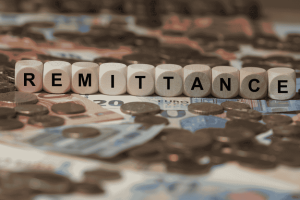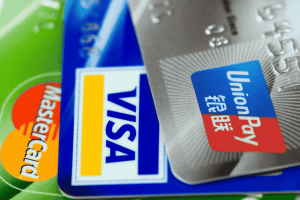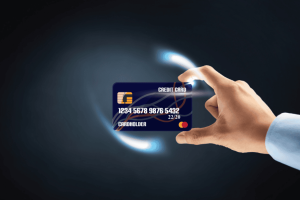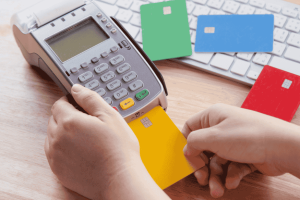In Southeast Asia, credit card usage is on the rise, offering convenience, rewards, and financial flexibility. Many people now own more than one card—sometimes for travel perks, cashback, or simply to take advantage of special promotions. But with great power comes great responsibility: managing multiple credit cards can quickly become overwhelming if you don’t have a solid system in place.
Are you worried about missing payments, racking up unnecessary fees, or losing track of your spending? You’re not alone. In this article, you’ll discover practical, easy-to-follow strategies to help you stay organized, maximize your benefits, and avoid the pitfalls that come with juggling several credit cards.
Whether you’re in Singapore, Malaysia, Indonesia, Thailand, or the Philippines, these best practices will help you take control of your credit cards and use them to your advantage—without stress or confusion.
Why People Use Multiple Credit Cards

Before diving into management strategies, let’s understand why having multiple credit cards can be beneficial:
- Maximize Rewards: Different cards offer various rewards—cashback, air miles, shopping discounts, or dining perks.
- Expense Segregation: Some people use separate cards for business, travel, online shopping, or household expenses.
- Credit Limit Flexibility: Having multiple cards increases your total available credit, which can help with large purchases or emergencies.
- Backup Options: If one card is lost, stolen, or declined, you have alternatives.
Key Takeaway: Multiple cards can be a smart financial tool—but only if managed wisely.
The Risks of Poor Credit Card Management
While there are advantages, mismanaging several cards can lead to:
- Missed Payments: Forgetting due dates can result in late fees and higher interest rates.
- Debt Accumulation: It’s easy to overspend when you have access to more credit.
- Damaged Credit Score: Late payments or high credit utilization can hurt your credit rating.
- Confusion and Stress: Losing track of balances, rewards, and due dates can be overwhelming.
Best Practices for Managing Multiple Credit Cards
Let’s explore actionable steps to help you stay on top of your credit cards, tailored for Southeast Asian lifestyles and banking systems.
1. Keep a Master List of Your Cards
Create a simple spreadsheet or use a note-taking app to record:
- Card name and issuing bank
- Last four digits of the card number
- Credit limit
- Statement closing date
- Payment due date
- Rewards program details
Tip: Update this list whenever you get a new card or close an old one.
2. Set Up Automatic Payments
Most banks in Southeast Asia offer online banking and auto-debit features. Set up automatic payments for at least the minimum amount due on each card. This helps you:
- Avoid late fees and penalties
- Protect your credit score
- Reduce mental load
Pro Tip: Whenever possible, set auto-payments for the full statement balance to avoid interest charges.
3. Use Mobile Banking Apps
Download your banks’ official mobile apps to:
- Monitor transactions in real time
- Check balances and available credit
- Receive instant notifications for purchases or suspicious activity
- Pay bills quickly and securely
Local Insight: Many Southeast Asian banks offer SMS alerts and e-wallet integration (like GrabPay, GCash, or ShopeePay) for added convenience.
4. Assign a Purpose to Each Card
Designate specific cards for different types of spending. For example:
- Card A: Groceries and household bills (with cashback rewards)
- Card B: Travel and dining (with air miles or dining discounts)
- Card C: Online shopping (with purchase protection)
This approach helps you maximize rewards and makes it easier to track your expenses.
5. Track Your Spending Regularly
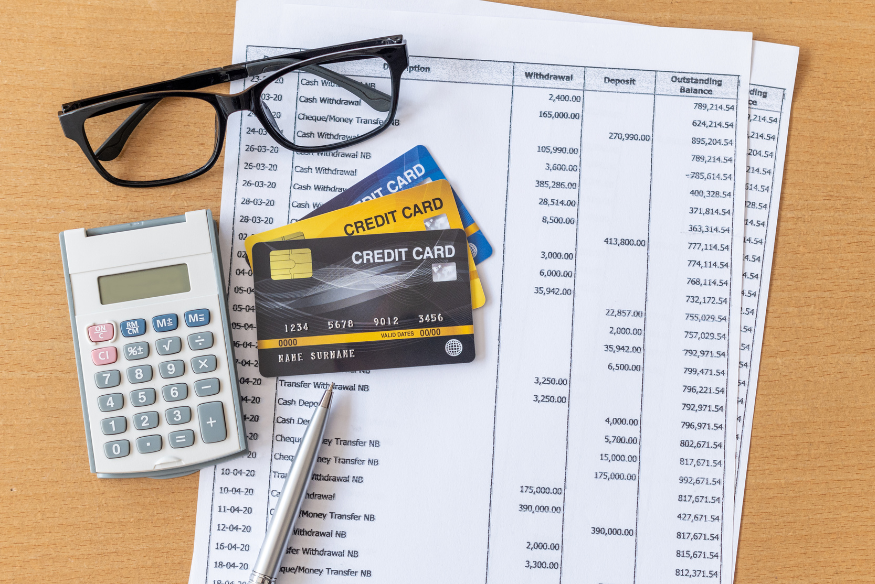
Use budgeting apps popular in Southeast Asia, such as:
- Money Lover
- Spendee
- Wallet by BudgetBakers
- Expensify
Or, simply review your statements every week. Categorize your spending and set monthly limits for each card. Bonus: Many apps let you set reminders for payment due dates!
6. Consolidate Due Dates (If Possible)
Some banks allow you to change your statement or payment due date. Aligning your cards’ due dates can:
- Simplify your payment schedule
- Reduce the risk of missing a payment
- Make budgeting easier
Action Step: Contact your bank’s customer service to request a due date change that fits your salary cycle.
7. Redeem Rewards and Monitor Expiry Dates
Don’t let your hard-earned points or cashback expire! Set reminders to:
- Redeem rewards before they lapse
- Use travel miles or vouchers within the validity period
- Check for special promotions or bonus periods
Tip: Some rewards programs in Southeast Asia have shorter expiry periods—always read the fine print.
8. Review Your Cards Annually
At least once a year, review all your credit cards:
- Are you paying annual fees for cards you rarely use?
- Are the rewards still relevant to your lifestyle?
- Could you consolidate to fewer cards for simplicity?
Decision Point: Cancel cards that no longer serve you, but keep your oldest card open to maintain your credit history.
9. Protect Yourself from Fraud
With digital payments on the rise, be vigilant:
- Never share your card details or PIN
- Use secure websites and avoid public Wi-Fi for transactions
- Enable two-factor authentication where possible
- Report lost or stolen cards immediately
Local Note: Many Southeast Asian banks offer instant card-locking features via their apps.
10. Don’t Chase Credit Limits—Chase Good Habits
It’s tempting to apply for every new card promotion, but more cards mean more complexity. Focus on:
- Paying your balances in full every month
- Keeping your credit utilization below 30%
- Using cards as a tool for convenience and rewards—not for spending beyond your means
Quick Reference Table: Do’s and Don’ts
| Do’s | Don’ts |
| Set up auto-payments | Miss payment deadlines |
| Use apps to track spending | Ignore your statements |
| Assign a purpose to each card | Use all cards for random purchases |
| Redeem rewards before expiry | Let points or cashback expire |
| Review cards annually | Keep unused cards with high fees |
| Protect your card information | Share details over insecure channels |
Real-Life Example: Managing Cards in Singapore
Case Study:
A young professional in Singapore has three credit cards:
- DBS Live Fresh Card: Used for groceries and online shopping (cashback)
- UOB PRVI Miles Card: Used for travel bookings and dining (air miles)
- OCBC 365 Card: Used for petrol and utility bills (rebates)
She uses the DBS and UOB apps to monitor spending, sets all due dates to the 5th of each month, and has auto-payments enabled. She checks her rewards points quarterly and redeems them for flight tickets or shopping vouchers. Once a year, she reviews her cards and cancels any that no longer fit her lifestyle.
Conclusion: Take Control and Enjoy the Benefits

Managing multiple credit cards doesn’t have to be stressful. With a clear system, the right tools, and disciplined habits, you can enjoy the perks—rewards, flexibility, and convenience—without falling into debt or confusion.
Start today:
- Make a list of your cards
- Set up auto-payments
- Assign a purpose to each card
- Use apps to track and review your spending
Remember, credit cards are powerful financial tools—when used wisely, they work for you, not against you.



